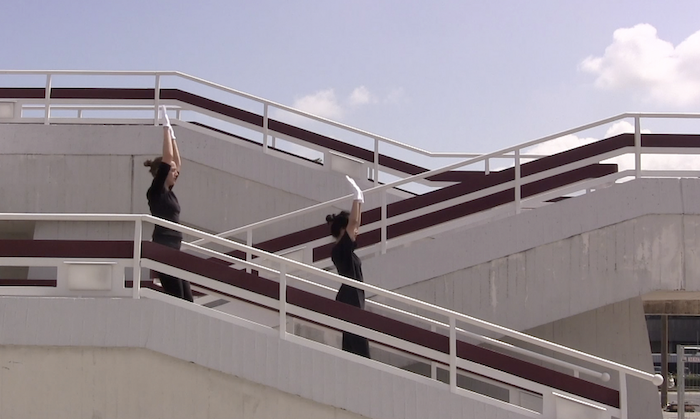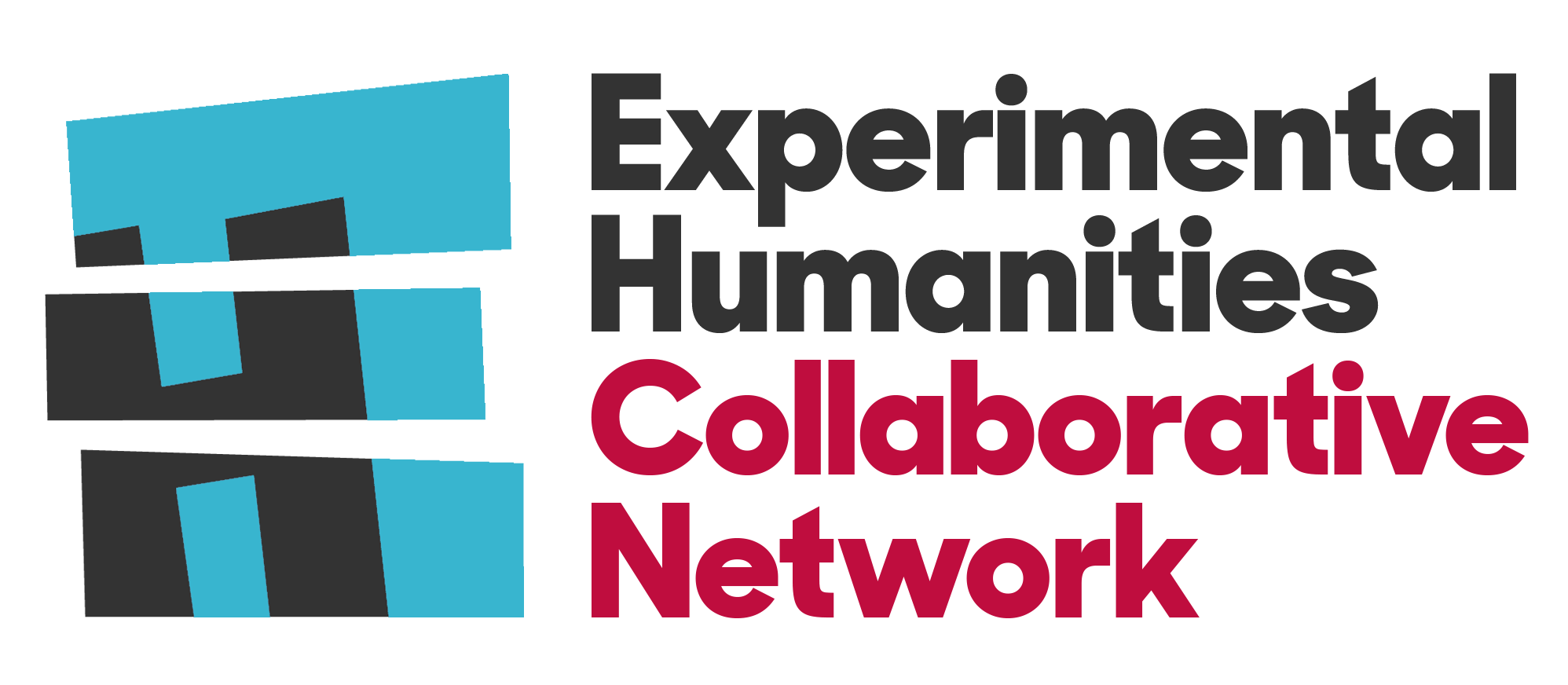
Welcome to Our new portfolio
Aarati Akkapeddi
Aarati Akkapeddi is a coder, interdisciplinary artist and educator based in Lenapehoking (Brooklyn, NY). They work for The Experimental Humanities Collaborative Network, where they create digital spaces and tools. In their creative practice, they combine archival material, code, machine learning, and analog techniques (photography & printmaking) to create artwork about intergenerational/collective memory. Their creative work has been supported by institutions such as Ada X, The Photographers' Gallery, The Interactive Telecommunications Program at NYU, ETOPIA Center for Art & Technology, and LES Printshop.
aarati.online
kolam.codes
2024
website, encryption program, amaranth flour, salt, and turmeric
Kolam (in Tamil) or Muggu (Telugu) is a traditional art form from South India. Kolams are auspicious drawings on the floor (usually at the threshold of the home) using rice flour. Kolams are traditionally made by women and created before sunrise. They comprise mathematically complex patterns that feature continuous intertwined lines. The drawings are notably ephemeral. They are disturbed throughout the day by wind and footsteps or as insects consume the tiny grains of flour.
There are many variations of Kolam designs but there is one essential property: they must use continuous curves in which there are no holes and the beginning and end-point are the same. Many Kolams also feature a grid of dots that follows the Fibonacci sequence. Not all Kolams are symmetrical but many use principles of recursion and repetition.
I developed a computer program that allows me to translate text into Kolam designs. I first started working with kolams because I wanted to translate my paternal grandmother’s name, Swarajyalaxmi into a kolam as part of my mourning ritual after her passing in 2022. kolam.codes is an extension of that work, allowing others to translate names or text of their choosing into kolam designs.
To encode text into Kolam designs, I first translate each character into an eight-digit binary code (made from only 0s and 1s). I then map this code onto my starting grid of dots (moving left to right and top to bottom). I use the center of the grid as extra space to work with a grid that may contain more dots than characters. Using this grid as a basis, the algorithm then fills in the sections with looping components, making sure to never connect dots associated with “0” to those associated with “1”.
Additionally, during the opening of this exhibition, I live drew a kolam representing the Nahautl name for Puebla, Kwetlaxkowapan with Amaranth flour, salt, and turmeric.










